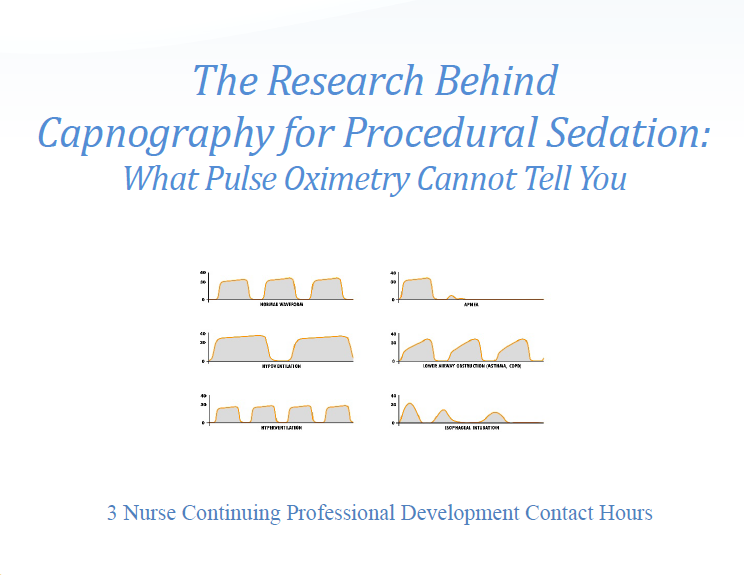Course content: The reader will get a personal account of the author’s research into capnography as a standard of care, including pushback to implementing CO2 monitoring. A common question is why monitor capnography when the patient is already on pulse oximetry. Supplemental oxygen hinders the provider’s ability to assess ventilation and how a high end-title CO2 can produce hypoxia on room air but not in the presence of supplemental oxygen. There is an in-depth discussion of pulse-ox vs. capnography. The article uses graphics to introduce the different capnography waveforms and their interpretation to identify the two types of hypoventilation and the actions necessary for patient rescue with case studies.
Learning Objectives, the attendee will be able to:
- Recognize the contribution of capnography as a qualitative measure of ventilation and describe phases of the respiratory cycle.
- Identify a normal capnography waveform, as well as abnormal waveforms and potential causes.
- Identify the difference between oxygenation and ventilation and the role capnography plays in that distinction.
Instructor: Sarah Voogd, DNP, APRN, CRNA

